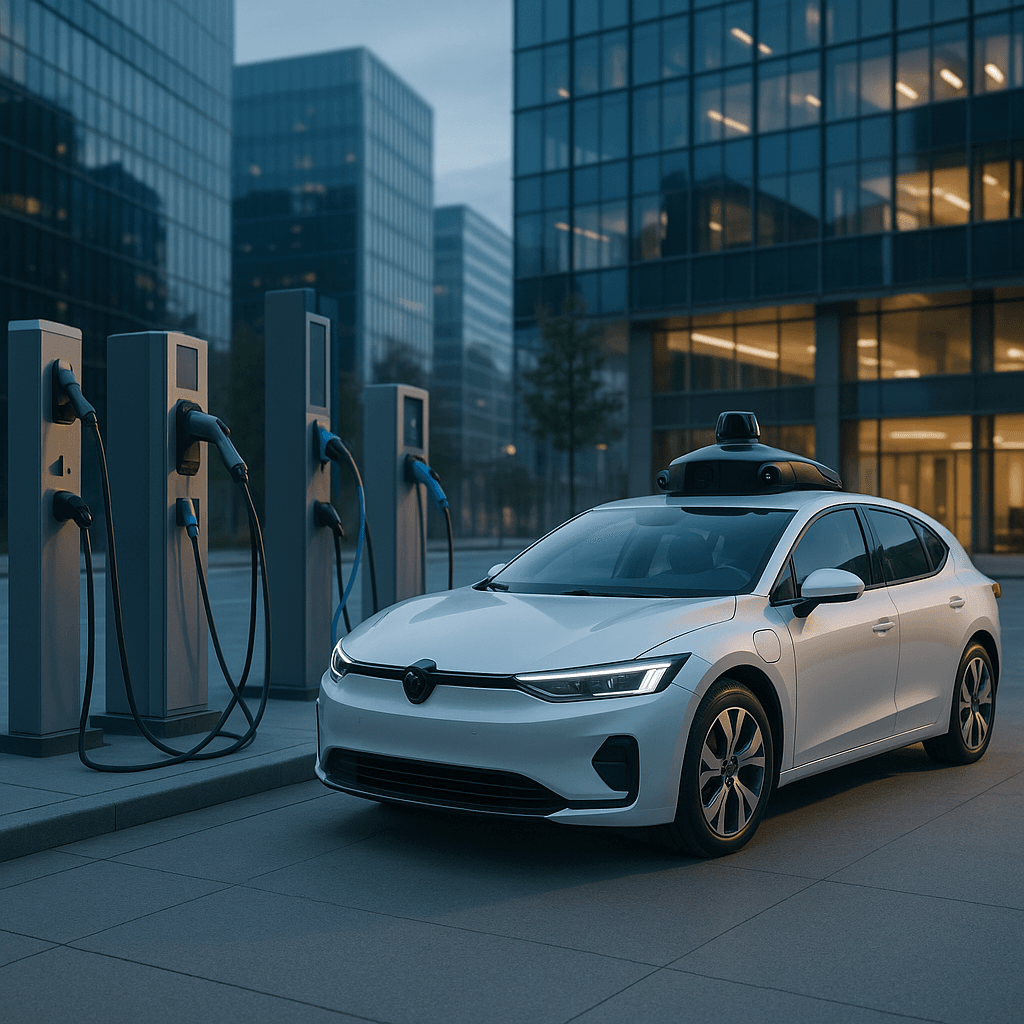Waymo's robotaxi fleet has quietly surpassed 2,000 vehicles across five cities, marking a significant expansion milestone as the autonomous driving leader scales operations. Meanwhile, EV owners face a new complexity challenge as GM announces three additional charging adapters, potentially requiring multiple dongles per household as the industry transitions to Tesla's charging standard.
Waymo just crossed a major threshold that puts the autonomous driving leader in uncharted commercial territory. The Alphabet subsidiary now operates more than 2,000 robotaxis in its commercial fleet, co-CEO Dmitri Dolgov confirmed to TechCrunch. The milestone represents the largest autonomous taxi operation in the world, distributed across the San Francisco Bay Area with over 800 vehicles, Los Angeles with 500, Phoenix with 400, Austin with 100, and "dozens" in Atlanta.
The fleet expansion comes as Waymo continues aggressive geographic scaling, with Atlanta representing its newest market entry. The company's steady growth contrasts sharply with competitors still struggling to achieve meaningful commercial deployment at scale. While Tesla promises robotaxi capabilities and Cruise works to rebuild after regulatory setbacks, Waymo's methodical approach has yielded the industry's most substantial autonomous vehicle operation.
But even as robotaxis advance, traditional EV adoption faces new friction points. General Motors this week announced three additional charging adapters beyond the Tesla Supercharger adapter it began selling nearly a year ago. The proliferation of dongles – as the industry calls these charging adapters – creates a new complexity layer for EV owners navigating the transition to Tesla's North American Charging Standard.
"It's entirely possible that two-EV households could own four different adapters," notes TechCrunch climate reporter Tim De Chant, himself a longtime EV owner. The additional GM adapters help customers access chargers with different charging rates and standards, winning flexibility at the cost of simplicity. The adapter proliferation represents an unintended consequence of the industry's broader standardization effort around Tesla's charging infrastructure.
The charging complexity emerges as EV sales face headwinds from federal policy uncertainty. A recent poll of TechCrunch Mobility subscribers found 60% predicting steep EV sales declines after the federal tax credit expires. While some automakers may absorb the $7,500 credit through price reductions for at least one quarter, tariffs are expected to further pressure margins.











